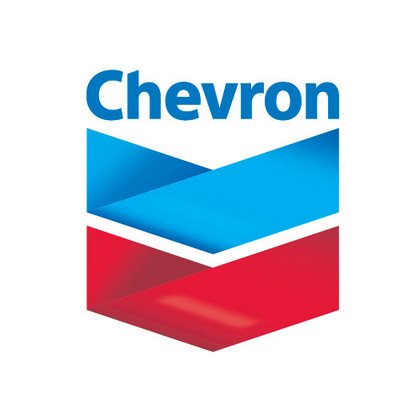
Upstream production totaled 2.61 million barrels a day in 2012 at an average realized price of $112 a barrel. Production slipped by 13,000 barrels a day in 2013 and the average price fell to $109 a barrel. The new production estimate of 3.1 million barrels a day shaves off 55,000 barrels due to expected lower pricing, 45,000 barrels due to lower demand for U.S. natural gas and 50,000 barrels due to project delays. The company also factored in an uncertainties shortfall of 50,000 barrels. Chevron did raise its expected pricing from a previous forecast of $79 a barrel to $110 a barrel.
Last year marked Chevron’s peak capital spending, and the company expects capex to flatten out in 2015 and 2016 as spending on its massive liquefied natural gas (LNG) projects declines. Spending on land-based projects in shale and tight oil formations is expected to increase, as is spending on the company’s Tengiz project in the Caspian Sea.
Over the next three years, the company’s international oil expenditures will absorb 42% of the capital budget and U.S. oil expenditures will take another 21%. Spending on U.S. natural gas production amounts to just 2% of spending, and the rest is targeted at LNG and international natural gas projects.
Chevron’s CEO said last week that $100 per barrel oil is the new $20 oil. Rising costs are eating away at returns, and the company’s outlook reflects the challenges it faces in trying to maintain profitability even as the price of crude rises.
Thank you for reading! Have some feedback for us?
Contact the 24/7 Wall St. editorial team.



